
Why Is My Check Engine Light On? A Comprehensive Guide
Introduction
In the realm of auto maintenance, few things can send drivers into a tizzy quite like the sudden glow of the check engine light. It’s that little amber beacon of anxiety, flashing like it’s auditioning for a role in a horror movie. Is it a minor annoyance or a major engine disaster? Fear not! This guide is here to unravel the mystery of the check engine light. We’ll break down why it turns on, what it means, and how to address it without emptying your wallet.

Understanding why your check engine light is on can prevent unnecessary stress and costly repairs. why is my check engine light on
Whether you’re a seasoned car aficionado or a novice behind the wheel, understanding this crucial warning light can save you time, money, and a heap of headaches. Think of the check engine light as your car’s way of sending a text message, saying, “Hey, something’s off! Let’s chat!”
Often, this little light can indicate a range of issues, from the trivial to the terrifying. That’s right! It could be as simple as a loose gas cap or as serious as engine failure. The key is knowing how to interpret its signals. We’ll cover common causes, troubleshooting tips, and the importance of addressing issues promptly.
So buckle up! By the end of this guide, you’ll have the know-how to tackle your vehicle’s check engine light with confidence. No more guessing games or late-night Google searches! Instead, you’ll be equipped with the knowledge to keep your car running smoothly and your mind at ease.
Speaking of keeping your car running smoothly, have you considered investing in an OBD-II Scanner? This handy device can help you diagnose issues before they spiral out of control, saving you both time and money!

Summary of Key Points
When your check engine light flickers to life, it can mean a variety of things. For starters, it could be something as innocuous as a loose gas cap. Or, it might spell trouble for your engine or emissions system. Understanding the difference between a solid and flashing light is essential: a steady light usually suggests a non-urgent issue, while a flashing light indicates a critical problem requiring immediate attention.
In this article, we’ll dive into common causes of the check engine light, offer troubleshooting tips, and emphasize the importance of addressing any issues quickly. We’ll also touch on how to use an OBD-II scanner for diagnostics and when it’s time to call in the professionals. By the end of this guide, you’ll be empowered to face the challenge of your vehicle’s check engine light head-on, armed with knowledge and confidence.
So, next time that pesky light shines, you won’t be left scratching your head. Instead, you’ll be ready to take appropriate action and keep your car in tip-top shape. Let’s get started!

Solid vs. Flashing Check Engine Light
When your check engine light turns on, it can feel like a scene straight out of a drama. But hold on! The story it tells varies depending on whether the light is solid or flashing.
A solid check engine light usually indicates minor to moderate issues. Think of it as your car’s way of saying, “Hey, something’s not quite right, but it’s not an emergency.” You might be dealing with a loose gas cap or a minor sensor malfunction. For example, if you just filled up your tank, check that gas cap! It could be the culprit behind that pesky glow.
On the other hand, a flashing check engine light is a signal for immediate attention. This light often means there’s a serious problem, like engine misfires. If this light starts flashing, pull over as soon as it’s safe. Continuing to drive could cause significant damage. Imagine your car yelling, “Help! I’m struggling!” If you notice a flashing light, it’s time for a mechanic visit.
Understanding these signals can save you from costly repairs and keep your car running smoothly. Keep an eye on those lights!
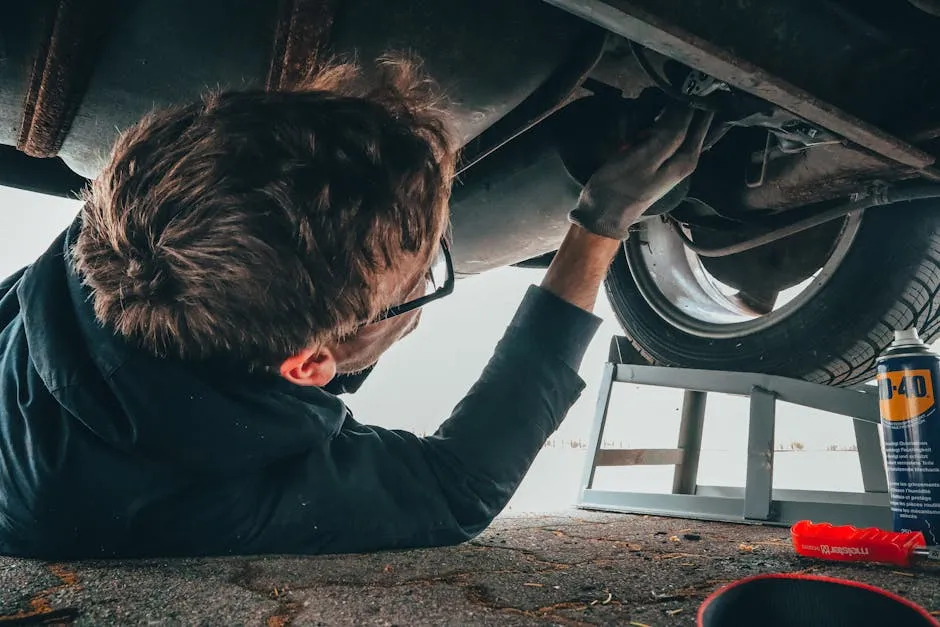
Common Reasons Why Your Check Engine Light Is On
1. Loose or Faulty Gas Cap
A loose or faulty gas cap is one of the most common culprits for the check engine light. Your vehicle needs an airtight system to maintain fuel efficiency. When that cap isn’t tight, it can lead to fuel evaporation, triggering the light.
To fix this, simply check your gas cap after refueling. Make sure it clicks securely into place. If the light remains on after a few drives, consider replacing the cap. A new cap is generally inexpensive and can save you from more significant issues down the road. You can grab a Gas Cap Replacement on Amazon to keep your fuel system sealed tight!
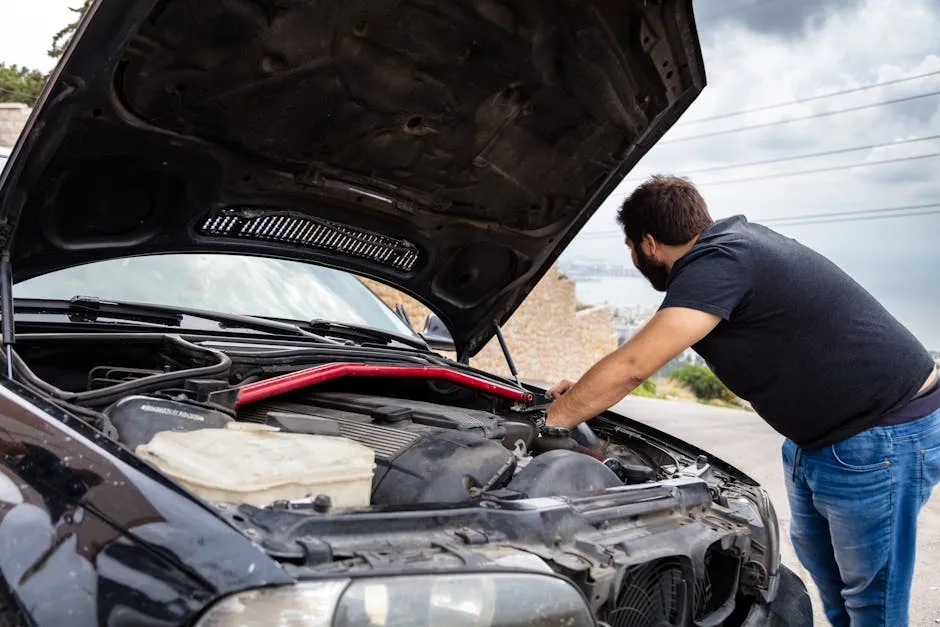
2. Oxygen Sensor Failure
Your oxygen sensor plays a vital role in measuring unburned oxygen in the exhaust. This information helps the engine control unit optimize fuel efficiency and emissions. If the sensor fails, expect reduced gas mileage and increased emissions.
Signs of a failing oxygen sensor include poor acceleration and a noticeable decline in fuel efficiency. Replacing this sensor typically costs between $150 and $200, depending on the make and model of your vehicle. Don’t ignore a faulty sensor; it can lead to more extensive engine damage if left unaddressed.

3. Catalytic Converter Issues
The catalytic converter is crucial for reducing harmful emissions. If it’s malfunctioning, the check engine light will likely turn on. Symptoms of a failing catalytic converter include reduced acceleration, unusual smells from the exhaust, or rattling noises.
Repairing or replacing a catalytic converter can be costly, often ranging from $500 to $2,500. If you suspect this issue, it’s essential to act quickly. Ignoring it can worsen the problem and lead to even more expensive repairs. You might want to check out a Catalytic Converter for replacements or upgrades!

4. Mass Airflow Sensor Malfunction
The mass airflow sensor (MAF) measures the amount of air entering the engine. It plays a key role in regulating fuel injection. If this sensor malfunctions, it can lead to poor engine performance and decreased fuel economy.
Common signs of a faulty MAF sensor include engine stalling, rough idling, and a decrease in fuel efficiency. If you notice these issues, it’s time to have the sensor checked. Replacing a mass airflow sensor can cost between $100 and $300, depending on the vehicle. Don’t forget to grab a Mass Airflow Sensor if you need a replacement!

5. Spark Plug or Ignition Coil Problems
Spark plugs and ignition coils are vital for your car’s ignition system. If they fail, you may experience engine misfires, poor acceleration, and difficulty starting your vehicle.
Signs of failing spark plugs or coils include rough idling, a decrease in fuel efficiency, and engine misfires. Regular maintenance can prevent these issues. Replacing spark plugs usually costs between $100 and $200, while ignition coils can run about $50 each. Consider investing in a Spark Plug Replacement Tool to make the job easier!
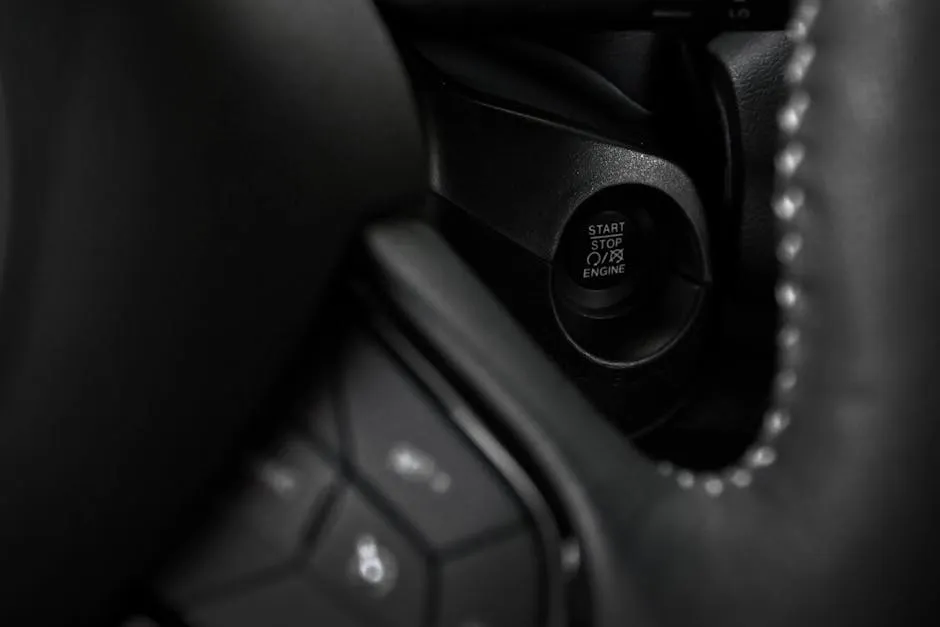
6. Other Potential Causes
While the above issues are common, other factors can trigger your check engine light. These include vacuum leaks, low fluid levels, or electrical problems. It’s crucial to have any unfamiliar issues diagnosed professionally. Ignoring the light can lead to costly repairs down the line.
Understanding these common causes of the check engine light can help you address issues promptly. Regular maintenance and timely repairs will keep your vehicle in top shape and avoid unnecessary headaches. A Automotive Repair Manual can be a great resource for troubleshooting and understanding your vehicle better!

Preventative Measures to Avoid the Check Engine Light
Regular Maintenance Tips
Routine car maintenance is essential for keeping your vehicle running smoothly. It’s like a spa day for your car, but without the cucumber slices! Regular inspections can help identify minor issues before they escalate into major problems.
Start with oil changes. Regularly changing your oil keeps your engine lubricated and running efficiently. A good rule of thumb is to change your oil every 5,000 to 7,500 miles, depending on your vehicle and driving habits. Don’t forget to use a quality Engine Oil Change Kit to ensure the best results!
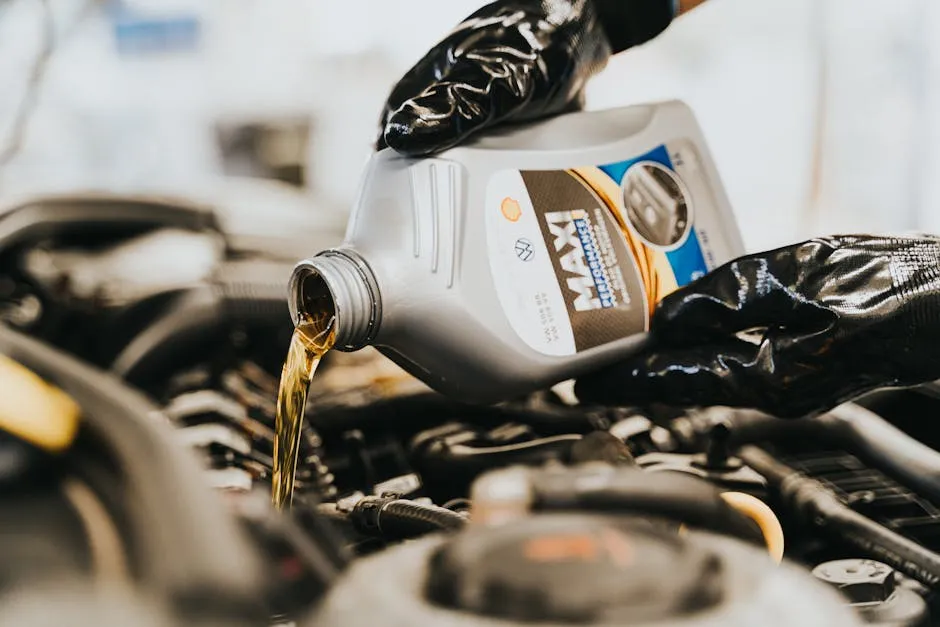
Don’t forget about filter replacements! Air filters and fuel filters need attention too. A clogged air filter can restrict airflow, leading to decreased performance and fuel efficiency. Similarly, a dirty fuel filter can hinder fuel flow, causing your engine to work harder. You can find a reliable Fuel Filter Replacement on Amazon to keep your fuel system in check!
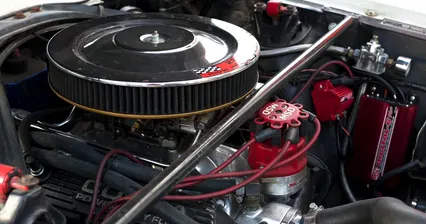
Lastly, keep an eye on your spark plugs. These little guys are crucial for your engine’s performance. Worn or fouled spark plugs can lead to rough idling and poor acceleration. Replace them at recommended intervals to keep your engine purring like a kitten.

Driving Tips
How you drive can significantly impact your vehicle’s health. For starters, avoid aggressive driving. We all know someone who thinks they’re auditioning for a Fast and Furious movie, but hard acceleration and sudden stops can put extra strain on your engine. Gentle driving promotes longevity.
Using quality fuel is also essential. Cheap gas may save you pennies today, but it can lead to long-term problems. Higher-quality fuels often contain detergents that help keep your engine clean and running efficiently.
Another tip? Avoid short trips whenever possible. Frequent short drives prevent your engine from reaching its optimal operating temperature. This can lead to increased wear and tear, not to mention a higher chance of that pesky check engine light turning on.

Incorporating these driving habits can help you avoid those anxiety-inducing dashboard lights. A little effort goes a long way in keeping your vehicle happy and healthy! Also, consider having an Emergency Roadside Kit in your car, just in case you run into unexpected troubles!
Conclusion
In conclusion, while the check engine light can be a cause for concern, it doesn’t have to be a source of anxiety. By understanding its significance, recognizing common issues, and taking proactive steps, you can keep your vehicle running smoothly and efficiently.
Remember, timely attention to the check engine light can prevent minor issues from escalating into costly repairs. So, the next time that little light pops on, take a deep breath, follow our guide, and drive confidently toward a solution. Your car will thank you!
Regular maintenance, responsible driving, and a little know-how can make all the difference. With these tips in your back pocket, you’re well-equipped to tackle whatever your vehicle throws your way. Trust your instincts, and don’t hesitate to consult a professional when in doubt. After all, a happy car makes for a happy driver!
FAQs
What is the most common cause of the check engine light?
The most frequent culprit is a loose or faulty gas cap. It may seem trivial, but this little cap seals your fuel system. If it’s not tight, your car’s system can freak out, triggering that ominous light. A simple twist to secure it can save you from unnecessary worries.
Is it safe to drive with the check engine light on?
It depends on the type of light. A solid check engine light is usually less urgent. It’s like your car saying, “Hey, I’m not feeling my best, but you can still roll with me.” A flashing light, however, is a different beast. This indicates a severe issue, often linked to engine misfires. If you see a flashing light, pull over! Your car is waving a red flag and needs immediate attention.
Can I reset the check engine light myself?
Yes, you can! Using an OBD-II scanner is a handy trick for this. These scanners connect to your vehicle’s computer and allow you to reset the light. But remember, resetting is like putting a band-aid on a wound. It’s crucial to address the underlying issue first. Otherwise, that pesky light will be back faster than you can say “engine trouble.”
Why is my check engine light on but my car runs fine?
Sometimes, the check engine light glows for minor issues—like a sensor malfunction or a glitch in the system. It’s like your car is playing a prank! However, even if your car seems perfectly fine, it’s still wise to have it checked. Ignoring it might lead to bigger headaches down the road—trust us, your wallet will thank you.
How often should I have my check engine light checked?
You should address it as soon as it lights up! Ignoring it is like ignoring a smoke alarm. The longer you wait, the more damage might occur. Regular checks can prevent minor issues from spiraling into costly repairs. Think of it as a friendly reminder from your vehicle to keep things in tip-top shape. After all, your car wants to be your trusty sidekick, not a drama queen!
Please let us know what you think about our content by leaving a comment down below!
Thank you for reading till here 🙂
All images from Pexels




